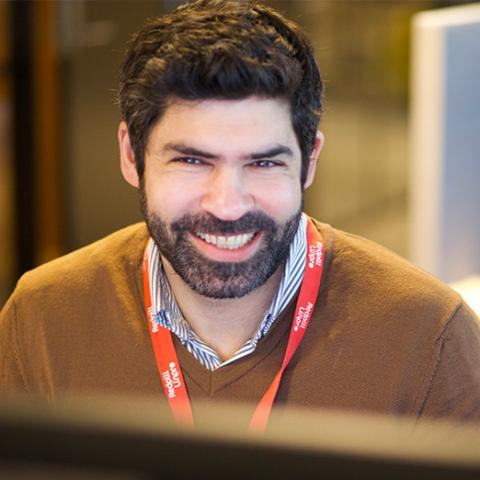
Roles
The SAFe framework defines several roles, and some of the most central ones include:
- Release Train Engineer (RTE) - The RTE functions as a servant leader for the Agile Release Train (ART) and helps ensure that teams are synchronized and delivering according to the plan.
- Product Owner (PO) - The PO is primarily responsible for prioritizing the product backlog and ensuring that teams work on the most value-adding features for customers.
- Scrum Master (ScM) - The Scrum Master is responsible for supporting the team in their use of Scrum and ensuring that impediments and issues are addressed.
- System Architect (SA) - The SA is accountable for the system's architecture and technical vision, providing technical guidance to the teams.
- Product Manager (PM) - They act as the voice of customers and stakeholders, working closely with Business Owners and teams to understand customer needs, market trends, and business goals.
- Business Owner (BO) - The BO represents business interests and provides input on which features and capabilities have the highest business value.
Ceremonies
In addition to the roles, there are several ceremonies in SAFe:
- PI Planning (Program Increment Planning) - An event held at the beginning of each program increment to coordinate all teams and gain a shared understanding of the goals and features to be delivered.
- Inspect and Adapt (I&A) - An event that takes place at the end of each program increment to evaluate results and identify improvement areas for the next planning period.
- Scrum of Scrums (SoS) - A meeting where Scrum Masters from different teams come together to collaborate and address dependencies and impediments affecting multiple teams.
- System demo - A meeting where teams showcase their newly developed features and functionalities to stakeholders and other teams within the ART.
Given these roles and ceremonies, there are some common pitfalls you should avoid to ensure a successful implementation:
- Overemphasizing structure - One common mistake is to focus too much on establishing the roles and ceremonies without prioritizing the actual delivery of value to customers. Ensure a balance between structure and tangible work and results. Focus on what you need to deliver!
- Ignoring change management - Implementing SAFe involves changes in work culture and processes. Don't overlook the importance of change management and training to ensure that everyone involved understands and supports the change.
- Overplanning - Overplanning can lead to teams feeling overwhelmed and losing flexibility. Allow for a degree of flexibility to handle uncertainty and changes along the way.
- Role rigidities - Be flexible with roles and allow team members to contribute based on their strengths and interests. Don't let roles become too rigid, and let teams adapt their approach for the best possible outcome.
- Lack of collaboration between teams - Collaboration between different teams is crucial for success. Ensure that teams meet regularly to address dependencies and obstacles, enabling an efficiently functioning ART.
By avoiding these pitfalls and focusing on building a healthy work culture and clear prioritization of value-adding deliveries, you can ensure a successful implementation of the SAFe framework in your organization.
The point regarding flexibility in roles is something we'll delve into further in the next article.



